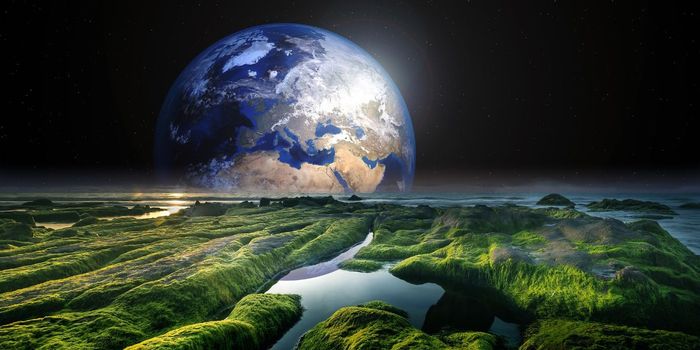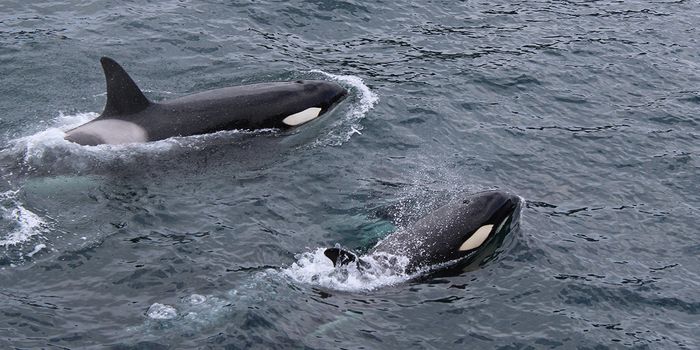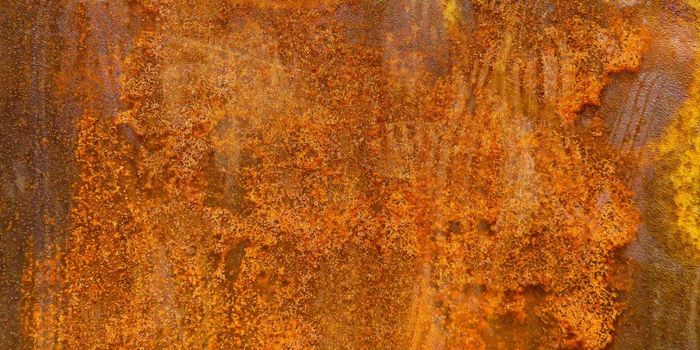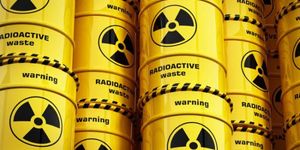At the University of Bordeaux, they used bubbles to come up with some impressive science in demonstrating the physics of a hurricane. Bubbles behave much like our atmosphere when they are heated. Hurricanes create vortices of clouds and rain when over warm water and the surface of a bubble reacts in a similar manner when heated. Physicists and climatologists often use bubbles as models for the atmosphere.
Much like our atmosphere, which is thin and flat compared to the planet, the surface of a bubble is much thinner and flatter than the area that in encloses. While bubbles and the tiny vortices they create are pretty to look at, it turns out they served a scientific purpose as well. The team at Bordeaux noticed that the patterns of forming and dissipating that were shown on the bubbles was almost exactly the same at the pattern of cyclones and hurricanes that formed and then died off in weather patterns. This information could help researchers predict which cyclones and hurricanes could intensify and which would not. Bubbles are actually valuable models in many of the principles of physics including gravity, surface tension, adhesion and evaporation.








